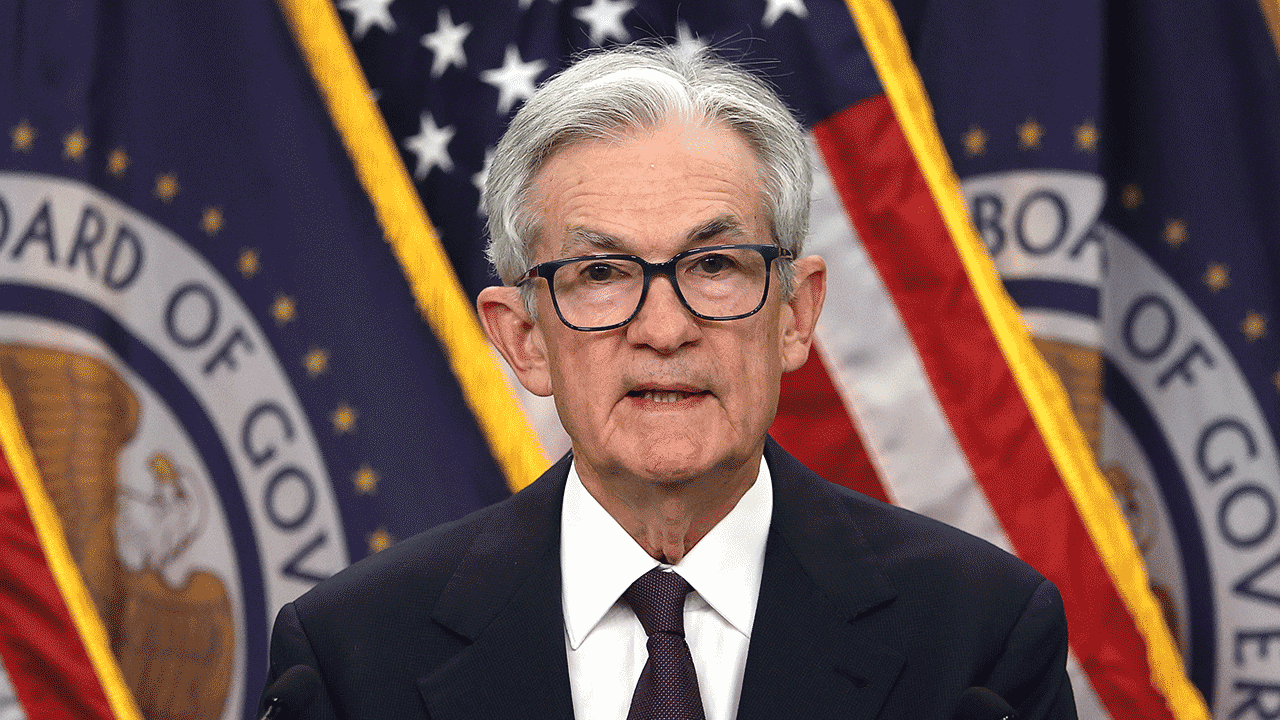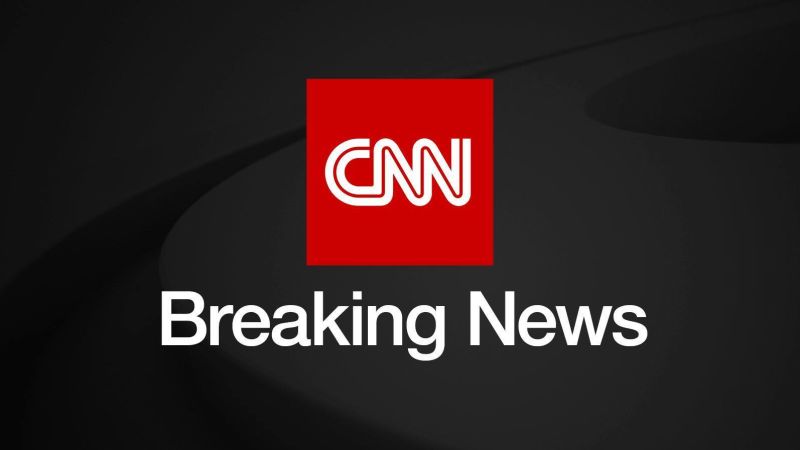
Inflation Rises Moderately Amid Tariff Concerns
Inflation Trends and Key Data
The Consumer Price Index (CPI) data for May indicated a modest increase in inflation, with the annual rate rising to 2.4%, up from 2.3% in April. This marks the first year-over-year increase in several months. On a monthly basis, CPI rose 0.1%, slightly below the 0.2% increase recorded in April. Core inflation, which excludes volatile categories like food and energy, remained steady at 2.8% year-over-year but fell short of the 2.9% forecast by economists. Monthly core prices also increased by 0.1%, a deceleration from the 0.2% growth in April.
The inflation uptick was largely driven by higher housing costs, which offset declines in other categories such as energy. Gasoline prices fell by 2.6% month-over-month, contributing to a 1% decline in the overall energy index. Meanwhile, food prices rose slightly by 0.3% in May, reversing a 0.1% decline in April.
Impact of Tariffs on Prices
Despite earlier concerns about the inflationary effects of tariffs, May's CPI data showed limited evidence of widespread tariff-induced price increases. Notably, prices in categories like apparel and automobiles declined, despite these sectors being subject to significant tariff pressures. New vehicle prices fell by 0.3% month-over-month, while apparel prices dropped by 0.4%.
Analysts suggest that businesses may have mitigated immediate price hikes by leveraging pre-tariff inventories and delaying cost adjustments. Additionally, some companies absorbed the initial tariff costs to maintain competitiveness and avoid alienating consumers. This strategy appears to have temporarily dampened the inflationary impact of tariffs, though future price increases remain a concern as inventories deplete.
Economic Implications and Future Risks
The current inflation data highlights a delay in the transmission of tariff impacts to consumer prices, likely due to stockpiled inventories and cautious pricing strategies. However, this temporary reprieve could give way to higher inflation later in the year as businesses adjust to sustained tariff pressures.
Economists warn that the eventual depletion of pre-tariff inventories, combined with evolving trade policies, could lead to price increases across key consumer categories. Additionally, sectors such as housing and services, which have shown persistent cost pressures, may contribute to further inflationary risks. The Federal Reserve is expected to closely monitor these trends, with market participants predicting a cautious stance on interest rate adjustments in the near term.
 Sources
Sources- Inflation rose expected month despite Trump’s tariffs | CNN Business
 cnn
cnn - Inflation Resumes Climb May, Tariffs Hit Consumers - Invesco DB USD Index Bullish Fund ETF (ARCA:UUP
 benzinga
benzinga - Inflation Rose 2.4% May, Line Expectations
 yahoo
yahoo - Inflation ticked slightly higher amid Trump tariffs
 abc
abc
- Inflation rose expected month despite Trump’s tariffs | CNN Business
 cnn
cnn - Inflation Resumes Climb May, Tariffs Hit Consumers - Invesco DB USD Index Bullish Fund ETF (ARCA:UUP
 benzinga
benzinga - Inflation Rose 2.4% May, Line Expectations
 yahoo
yahoo - Inflation ticked slightly higher amid Trump tariffs
 abc
abc




